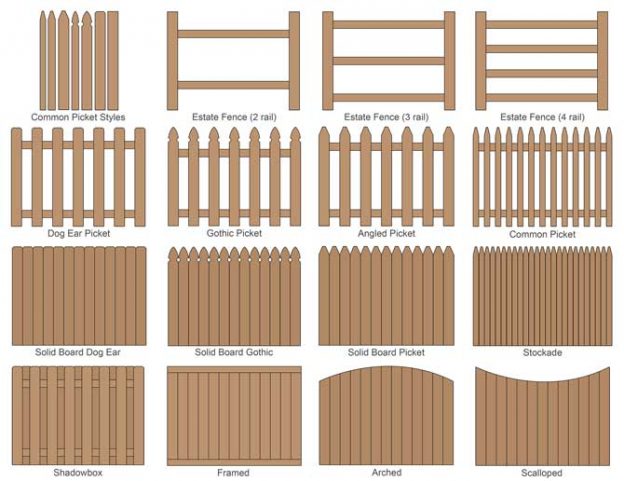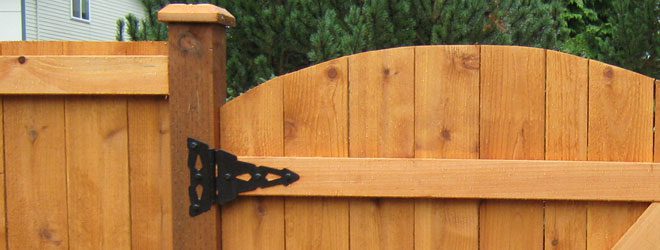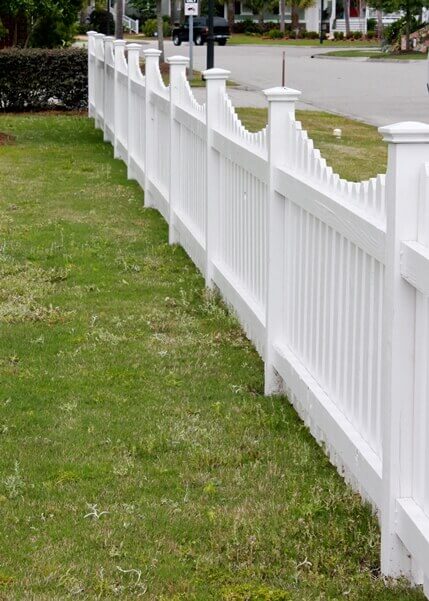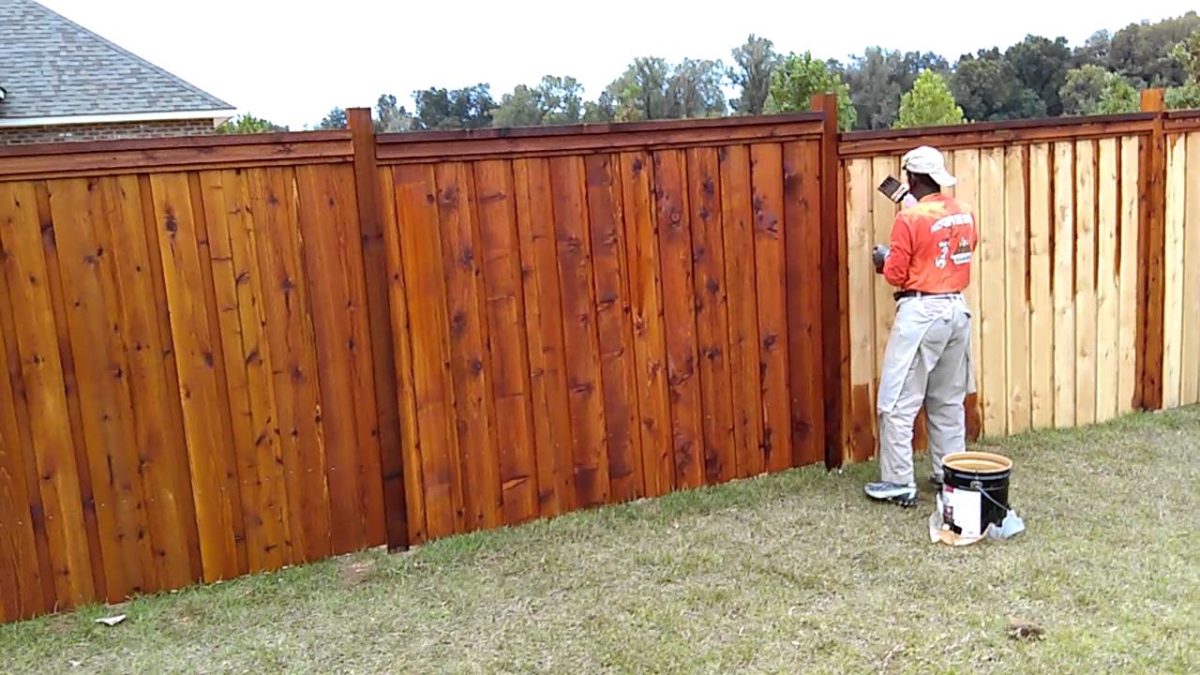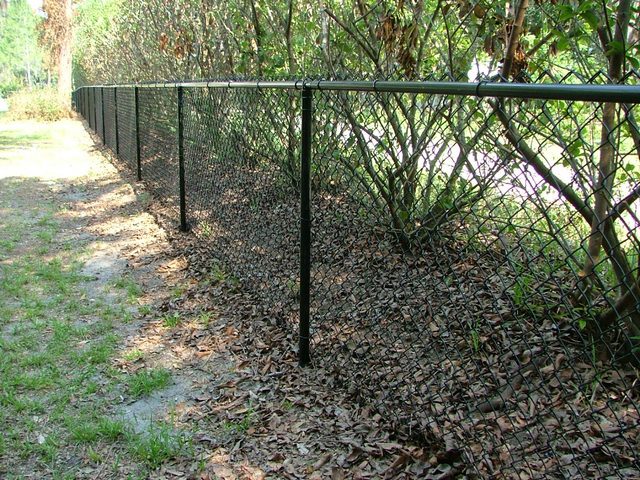Pros and Cons of a Cedar Fence
Get Your Free Fence Quote Today!
Benefits of a Cedar Fence
Many people are choosing to install cedar fences around their properties for a variety of reasons. Cedar is a beautiful, natural material that can enhance the appearance of any home. It is also strong and durable, making it a good choice for fencing. However, there are some pros and cons to consider before installing a cedar fence.
Here are a few of the pros of using cedar for your fence.
Cedar Fence Privacy
Cedar fencing is one of the best privacy fences. It will obscure the view of your property from the street and keep unwanted guests out. This is because the slats of a cedar fence are easy to work with and assemble closely together, allowing little to no light or visibility through the fence. People and animals will not be able to see through a cedar fence, making it the perfect choice if you are looking for privacy. The cedar fence will also block out noise from the street or other neighboring properties. This will create a quiet and relaxing environment for you and your family.
The Good Wood Looks
A cedar fence is a beautiful addition to any property. It has a natural, rustic look that will enhance the appearance of your home. Cedar fences also come in a variety of different styles, so you can find one that perfectly suits your needs. You can choose from picket fences, shadow box fences, or even lattice-top fences. No matter what style you choose, a cedar fence will add beauty and value to your property.
Fences Durability
Cedar is the most durable wood fence material available. It will withstand weathering and decay, making it a good choice for areas that experience harsh weather conditions. Cedar also resists insects and rot, making it a long-lasting investment. Treated wood from cedar trees can last up to 30 years without rotting, making it one of the best wood fence material. It is also resistant to fire, making it a good option for homes in wildfire-prone areas. This stuff really is great.
Low Maintenance Fence Option
A cedar fence does not require a lot of maintenance. Once it is installed, you will only need to occasional staining or sealing to protect it from the elements. This is a relatively low maintenance when combined with its high durability. You will not have to worry about replacing or repairing your cedar fence often, making it a nice hassle free option.
Eco-Friendly Fence
Cedar is a natural, sustainable material that comes from renewable resources, trees. It is also biodegradable, so it will not damage the environment when it is decomposing. This makes cedar a more eco-friendly option than other materials, such as vinyl or aluminum.
Cedar is Customizable
Cedar fences are highly customizable. You can choose the height, width, and style of your fence to fit your needs. You can also choose the color of your cedar fence, making it easy to match your home’s exterior. This flexibility makes cedar fences a good choice for any property.
It’s Easy to Install
Cedar fences are easy to install, making them a good choice for do-it-yourselfers. You can find cedar fence panels at most home improvement stores. These panels are ready to be installed and do not require special tools or equipment. This makes it a quick and easy project that you can complete in a weekend.
Cons of Cedar: the Price
All the great benefits of cedar come at a slight premium at the time of purchase. Cedar fences are not the cheapest option on the market, particularly if you have a large property or area you need fenced in. However, the longevity and durability of cedar fences makes them a good investment in the long term. The low maintenance costs also save you money in the long run.
Cedar Allergies
Cedar allergies are not common, but in rare cases they can occur. If you are allergic to cedar, you may experience symptoms such as itching, redness, and swelling. If you think you may be allergic to cedar, it is important to see a doctor for diagnosis and treatment.
Color Fading
Cedar fences can fade over time, especially if they are exposed to direct sunlight. This is not a big concern for most people, but it is something to keep in mind if you want your fence to maintain its original color. You can protect your cedar fence from fading by applying a stain or sealer.
Requires Regular Maintenance
Cedar fences require regular maintenance, such as staining or sealing. This is necessary to protect the wood from the elements and to keep it looking its best. If you do not maintain your cedar fence, it will eventually start to deteriorate. This is something to keep in mind if you do not have the time or inclination to perform regular maintenance tasks.
Now that you have read about the pros and cons of a cedar fence, you may be wondering if a cedar fence is the right choice for you. If you are in the market for a new fence, Chamblee Fence Company can help. We are a fence company based in Atlanta that installs many types of fences, including cedar fences. If you would like to learn more about our services or get a free quote, please contact us today. We have been been working in the fence industry since 1959 and our services are top notch. We would be happy to answer any questions you have about cedar fences or any other type of fence, and you can call any time at 770-396-4200.

 FREE ESTIMATE NOW
FREE ESTIMATE NOW

